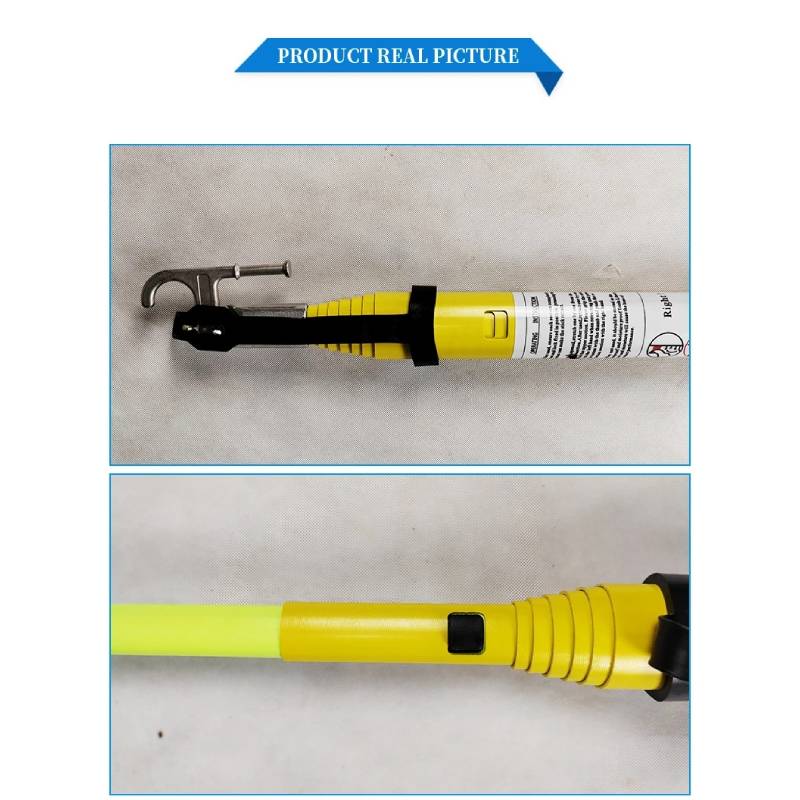
-
 Afrikaans
Afrikaans -
 Albanian
Albanian -
 Amharic
Amharic -
 Arabic
Arabic -
 Armenian
Armenian -
 Azerbaijani
Azerbaijani -
 Basque
Basque -
 Belarusian
Belarusian -
 Bengali
Bengali -
 Bosnian
Bosnian -
 Bulgarian
Bulgarian -
 Catalan
Catalan -
 Cebuano
Cebuano -
 Corsican
Corsican -
 Croatian
Croatian -
 Czech
Czech -
 Danish
Danish -
 Dutch
Dutch -
 English
English -
 Esperanto
Esperanto -
 Estonian
Estonian -
 Finnish
Finnish -
 French
French -
 Frisian
Frisian -
 Galician
Galician -
 Georgian
Georgian -
 German
German -
 Greek
Greek -
 Gujarati
Gujarati -
 Haitian Creole
Haitian Creole -
 hausa
hausa -
 hawaiian
hawaiian -
 Hebrew
Hebrew -
 Hindi
Hindi -
 Miao
Miao -
 Hungarian
Hungarian -
 Icelandic
Icelandic -
 igbo
igbo -
 Indonesian
Indonesian -
 irish
irish -
 Italian
Italian -
 Japanese
Japanese -
 Javanese
Javanese -
 Kannada
Kannada -
 kazakh
kazakh -
 Khmer
Khmer -
 Rwandese
Rwandese -
 Korean
Korean -
 Kurdish
Kurdish -
 Kyrgyz
Kyrgyz -
 Lao
Lao -
 Latin
Latin -
 Latvian
Latvian -
 Lithuanian
Lithuanian -
 Luxembourgish
Luxembourgish -
 Macedonian
Macedonian -
 Malgashi
Malgashi -
 Malay
Malay -
 Malayalam
Malayalam -
 Maltese
Maltese -
 Maori
Maori -
 Marathi
Marathi -
 Mongolian
Mongolian -
 Myanmar
Myanmar -
 Nepali
Nepali -
 Norwegian
Norwegian -
 Norwegian
Norwegian -
 Occitan
Occitan -
 Pashto
Pashto -
 Persian
Persian -
 Polish
Polish -
 Portuguese
Portuguese -
 Punjabi
Punjabi -
 Romanian
Romanian -
 Russian
Russian -
 Samoan
Samoan -
 Scottish Gaelic
Scottish Gaelic -
 Serbian
Serbian -
 Sesotho
Sesotho -
 Shona
Shona -
 Sindhi
Sindhi -
 Sinhala
Sinhala -
 Slovak
Slovak -
 Slovenian
Slovenian -
 Somali
Somali -
 Spanish
Spanish -
 Sundanese
Sundanese -
 Swahili
Swahili -
 Swedish
Swedish -
 Tagalog
Tagalog -
 Tajik
Tajik -
 Tamil
Tamil -
 Tatar
Tatar -
 Telugu
Telugu -
 Thai
Thai -
 Turkish
Turkish -
 Turkmen
Turkmen -
 Ukrainian
Ukrainian -
 Urdu
Urdu -
 Uighur
Uighur -
 Uzbek
Uzbek -
 Vietnamese
Vietnamese -
 Welsh
Welsh -
 Bantu
Bantu -
 Yiddish
Yiddish -
 Yoruba
Yoruba -
 Zulu
Zulu


Aug . 17, 2024 18:22 Back to list
Cable Tray Support Solutions with Effective Cable Clamps for Improved Organization and Safety
Understanding Cable Tray Cable Clamps
In modern electrical installations, the organization and management of cables are critical for both safety and efficiency. Among the various components that facilitate this are cable trays and cable clamps. These elements are essential for supporting, managing, and securing electrical wiring and other types of cables in commercial, industrial, and residential environments.
What are Cable Trays?
Cable trays are structured systems that provide a pathway for cables. Similar to a ladder or a raceway, they allow for the organized installation of electrical, data, and telecommunications cables. By providing support and facilitating airflow, cable trays contribute to longer cable life and improved performance. They can be made from different materials such as steel, aluminum, or fiberglass, and come in various designs, including ladder trays, perforated trays, and solid bottom trays.
The Role of Cable Clamps
Cable clamps play a vital role in conjunction with cable trays. These fittings serve to secure and hold cables firmly in place, preventing unwanted movement that could lead to wear and tear or even hazardous conditions. By keeping cables neatly organized and stationary, cable clamps ensure that electrical systems operate efficiently and safely.
Types of Cable Clamps
There are several types of cable clamps, each designed for specific applications and environments. Some common types include
1. Single Cable Clamps These clamps are designed for securing individual cables. They are often used in settings where space is limited or where cables need to be positioned closely together.
2. Multi-Cable Clamps As the name suggests, these clamps can hold multiple cables at once. They are particularly useful in cable trays where there may be numerous cables running parallel to one another.
cable tray cable clamps

3. Adjustable Clamps These clamps offer flexibility as they can accommodate cables of varying sizes. They are ideal for applications where cable size may change over time.
4. Heavy-Duty Clamps Built from robust materials, heavy-duty clamps are designed for high-stress environments. They are typically used in industrial settings where heavy cables or harsh conditions are present.
Benefits of Using Cable Trays with Cable Clamps
Integrating cable trays with cable clamps offers various benefits
- Organization Cable trays paired with clamps systematically arrange cables, reducing clutter and making maintenance easier. - Safety Properly secured cables minimize the risk of tripping hazards and electrical failures. Clamps prevent cables from sagging or inadvertently coming loose.
- Accessibility An organized cable management system allows for easy access to cables for inspections, troubleshooting, or upgrades without extensive disassembly.
- Cost-Effectiveness By extending the lifespan of cables and reducing the risk of damage, effective cable management leads to decreased replacement and repair costs over time.
Installation and Considerations
When installing cable trays and clamps, it’s crucial to follow the manufacturer’s guidelines and local code requirements. Proper spacing, load management, and the selection of appropriate materials based on environmental conditions (like humidity or exposure to chemicals) will affect the longevity and effectiveness of the installation.
In conclusion, cable tray systems and cable clamps are indispensable components in modern infrastructure that require careful consideration in design and application. Their role in ensuring the integrity and accessibility of cable systems cannot be overstated, making them essential tools for electricians and engineers alike. As technology continues to advance, effective cable management systems will remain a cornerstone of safe and reliable electrical installations.
Latest news
Understanding Earth Wiring and Grounding: Essential Components for Electrical Safety
NewsAug.15,2025
The Ultimate Guide to Cable Pulling Tools and Equipment for Efficient Installations
NewsAug.15,2025
Streamline Your Projects with Advanced Cable Pulling Equipment
NewsAug.15,2025
Simplify Cable Installation with Advanced Cable Pulling Tools and Equipment
NewsAug.15,2025
Essential Guide to Link Sticks and Hot Sticks for Electrical Safety and Line Work
NewsAug.15,2025
Efficient Solutions for Cable Installation: Your Guide to Cable Pulling Winches and Equipment
NewsAug.15,2025








